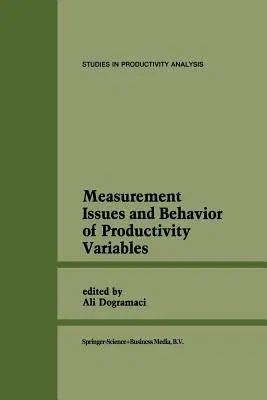Measurement Issues and Behavior of Productivity Variables (Softcover Reprint of the Original 1st 1986)Paperback - Softcover Reprint of the Original 1st 1986, 3 October 2013

Qty
1
Turbo
Ships in 2 - 3 days
In Stock
Free Delivery
Cash on Delivery
15 Days
Free Returns
Secure Checkout
Part of Series
Studies in Productivity Analysis
Print Length
262 pages
Language
English
Publisher
Springer
Date Published
3 Oct 2013
ISBN-10
9401568693
ISBN-13
9789401568692
Description
Product Details
Book Edition:
Softcover Reprint of the Original 1st 1986
Book Format:
Paperback
Country of Origin:
NL
Date Published:
3 October 2013
Dimensions:
23.39 x
15.6 x
1.47 cm
ISBN-10:
9401568693
ISBN-13:
9789401568692
Language:
English
Location:
Dordrecht
Pages:
262
Publisher:
Weight:
390.09 gm

